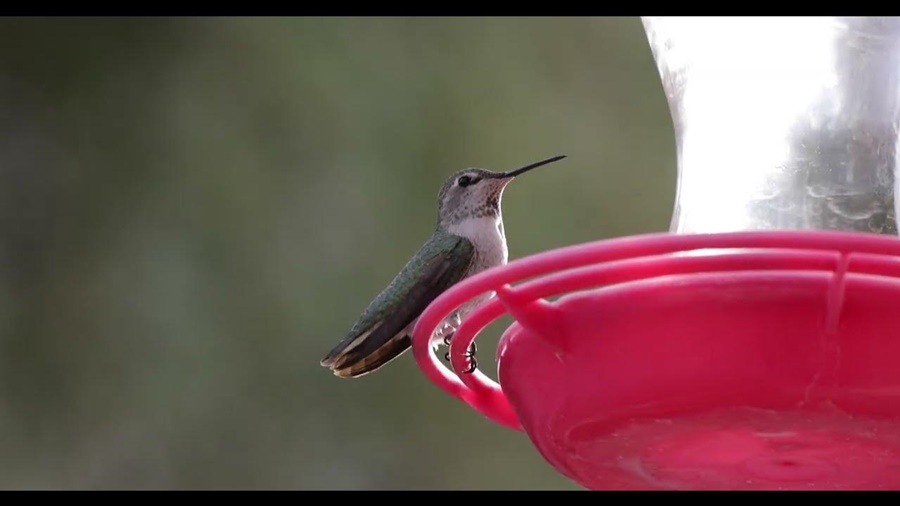Hummingbirds are among the most beloved backyard visitors, known for their dazzling colors and rapid wingbeats. Providing them with nectar via hummingbird feeders can help these tiny birds fuel up, especially during migration. But a common question for bird lovers is: When should you take down your hummingbird feeders?
The answer depends on your location, climate, and the species of hummingbirds in your area. Here's a full guide to help you decide the best time to remove your feeders responsibly.
Why Timing Matters
Hummingbirds migrate long distances sometimes thousands of miles and feeders can provide essential energy during these treks. Removing feeders too early may deprive late migrants or injured birds of an important food source. On the other hand, leaving feeders up too long in freezing temperatures can damage the feeder and spoil the nectar.
General Rule of Thumb
As a general guideline:
- Keep your feeders up for at least 2 weeks after you see the last hummingbird.
- This allows late migrators or stragglers to refuel on their journey south.
Regional Guidelines for Taking Down Feeders
Northern U.S. and Canada
- Take down feeders: Around mid to late September.
- Some hummingbirds may still pass through in early October, so it’s best to keep feeders up until at least two weeks after the last sighting.
Central U.S.
- Take down feeders: Typically late September to mid-October.
- Monitor local sightings and weather patterns.
Southern U.S. (Texas, Florida, Gulf Coast, etc.)
- Take down feeders: As late as November or early December.
- These areas are part of the overwintering grounds for some hummingbirds like the Rufous and Black-chinned Hummingbird, so feeders can sometimes stay up all year.
Western U.S. (California, Arizona, New Mexico)
- Depending on the elevation and species:
- Mountain areas: Take down feeders by October.
- Warmer climates (e.g., southern California or Arizona): Feeders can be maintained year-round, especially for species like the Anna's Hummingbird.
Will Feeders Stop Hummingbirds from Migrating?
No, leaving feeders up will not prevent hummingbirds from migrating. Their migration is driven by day length and hormones, not food availability. So don’t worry keeping your feeders out longer won’t delay their journey.
Tips for Monitoring Migration
1. Keep a Hummingbird Journal: Note the last day you see hummingbirds.
2. Check Local Birding Sites: Websites like eBird.org offer real-time migration maps.
3. Talk to Local Birders: They may offer useful insights for your specific region.
Cold Weather Tip: Prevent Nectar Freezing
If you're keeping feeders out into the fall or winter:
- Use heated feeders or bring them indoors overnight and return them in the morning.
- Do not add extra sugar to the nectar in an attempt to prevent freezing—it can harm the birds.
Conclusion
Taking down your hummingbird feeders at the right time ensures you're supporting these tiny travelers when they need it most—without disrupting their natural migration. Keep your eyes open, enjoy their visits, and when it's time, give your feeders a thorough cleaning and store them until spring.


